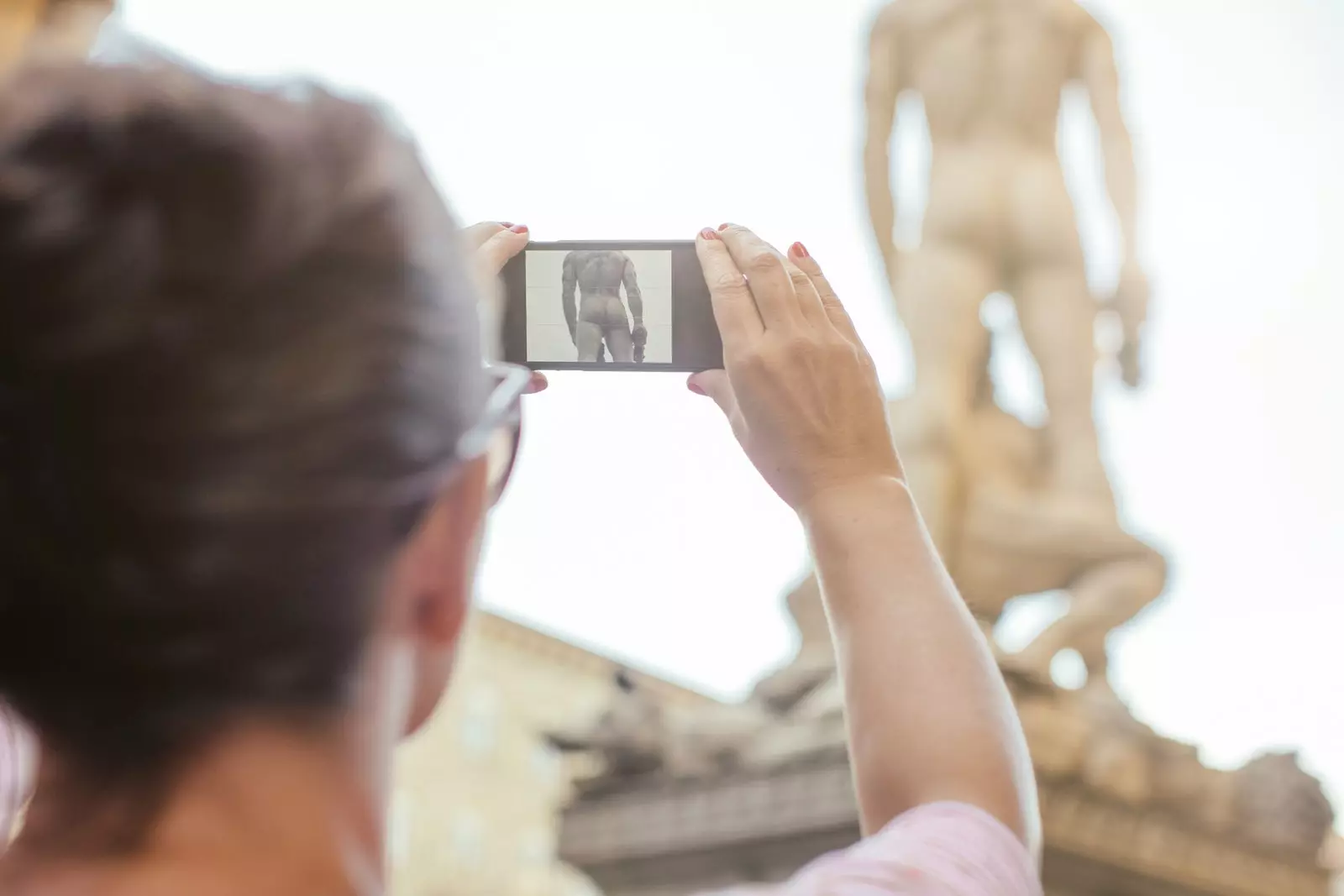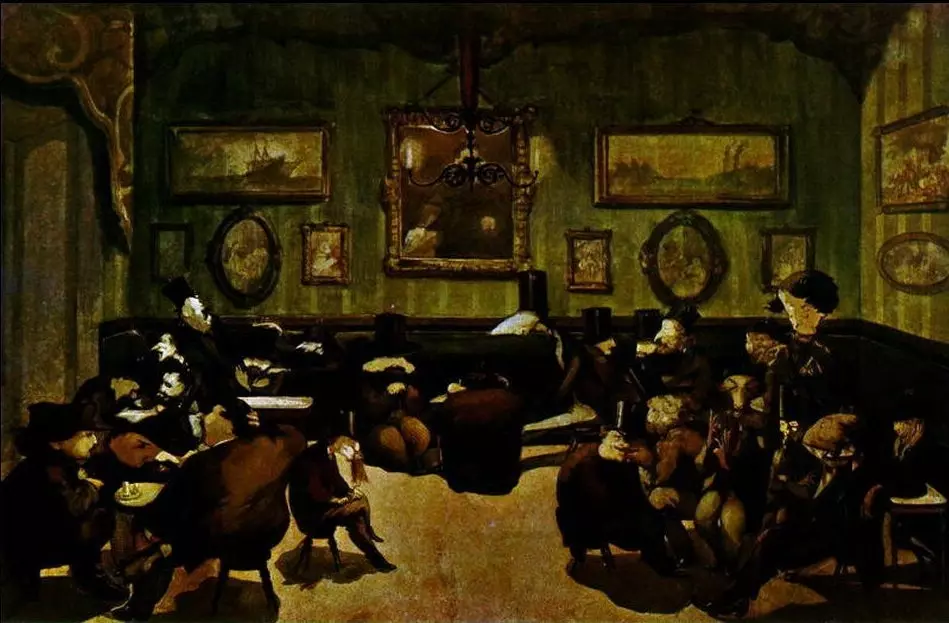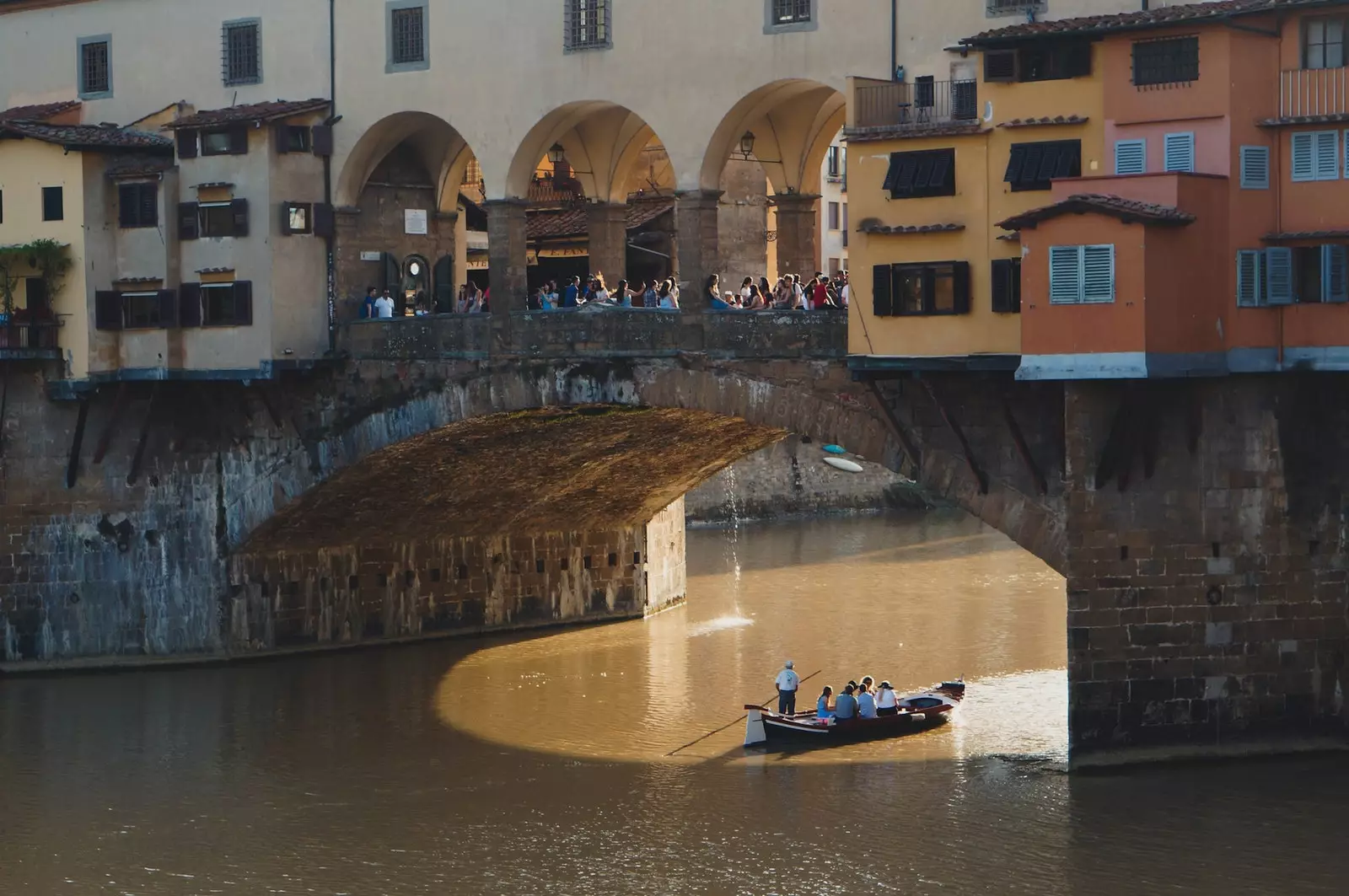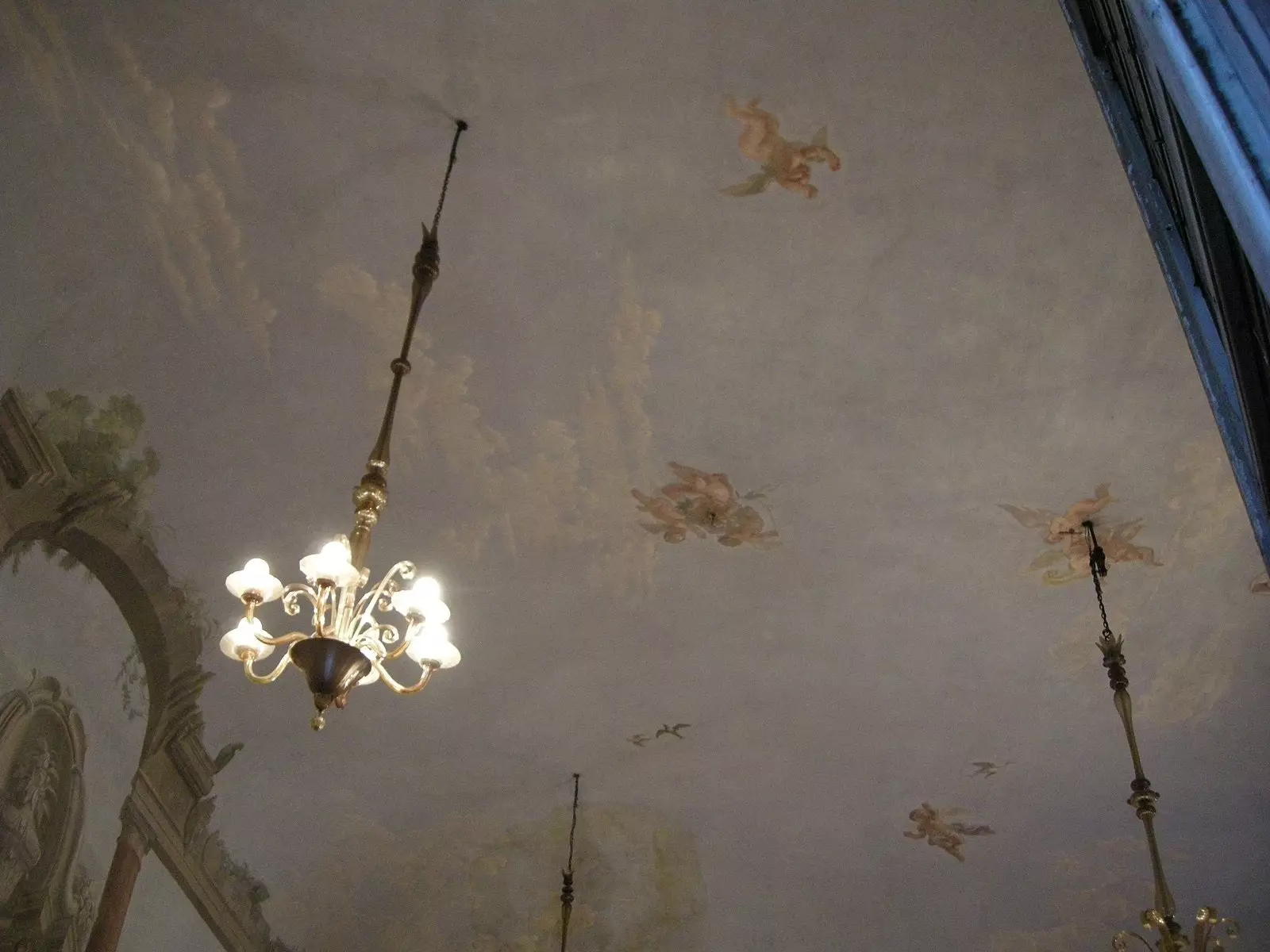In the Piazza della Signoria will try to recognize the images that he has seen in magazines, on the internet, in documentaries about florence . If you have managed to get tickets, you will try to identify the works of the great masters in the rooms of the Uffizi Gallery . You can only stop for a few seconds before Botticelli's 'The Birth of Venus' , since the path will be marked with catenaries . When you leave you will go to the Ponte Vecchio , and maybe you remember a scene from the movie Room with views among the souvenir stalls. Then the suspicion will arise that the nineteenth-century city in which the two young Englishmen fell in love no longer exists.
The crowd has become omnipresent . But not all is lost. The way, as stated the gospel and Mario Colleoni in his book Against Florence Go through the narrow gate. We can continue to travel as our fathers did and complain about overcrowding , or convert to traveling activism.
The narrow door requires an effort that, after the digital revolution, we assumed covered by the online guides and apps . awareness It happens to know what Florence we want to see . It is not difficult: you just have to look for it.

Piazza della Signoria
Against Florence , published by the horizon line , it serves as an example to discover how information can change the way we travel . the key is in detail . It always is. To appreciate it you need to stop.
Let's take Via Cavour , what part of the Piazza del Duomo and ends in san marco convent . We can walk through it as if we were going through it on the screen with Google Street View. But perhaps we could find out, before starting the day, what's behind their facades.
Colleoni tells us about Palazzo Martelli , where Leonardo stayed before leaving for Florence in 1508. Also from the serenity of the Palazzo Medici-Ricardi , built by Cosimo , founder and head of the dynasty whose members are represented by Gozzoli in the chapel of the Magi.

'Caffè Michelangiolo', Adriano Cecioni (1861)
A few meters away is the Michelangiolo coffee , a small place that is easy to pass by. Was the artists meeting point that, in the second mid 19th century , founded the Italian version of Impressionism. They were called macchiaioli (those who stain), in a derogatory tone, by his contemporaries.
Just beyond the cafe, a blackened plaque on the Palazzo Ginori-Conti indicates that he lived there Rossini , the author of operas like 'The Barber of Seville' . But not everything is manifested in sight. Rilke already said that Florence is not understood as Venice . Their palaces seem reluctant to reveal their secrets.
This is the case of the Marucellian Library , Founded by Francesco Marucello in the 18th century . This Florentine nobleman accumulated throughout his life a large collection of manuscripts, incunabula, prints, drawings by great masters and music librettos . Maybe the proximity to Michelangiolo cafe he caused the archive of the macchiaioli to go to the library, which was added to Marucello's legacy.

Ponte Vecchio in Florence
when we reach San Marco we arrived at renaissance city limit . Beyond they stretched fruit fields and rustic villas . The Dominican convent was out of the hustle and bustle. Fra Angelico decorated his cells with scenes from the Gospel . He lived in one of them Savonarola , who was confessor of Lorenzo the Magnificent and who, after his death, extended a fever of puritanism . His exaltation, so contrary to the Florentine spirit, earned him burning at the stake into which he had thrown the Boccaccio's texts.
In the St Mark's Square rises the Palazzina della Livia , today Geographic Military Institute . The mansion owes its name to the dancer Livia Malfatti , lover of Grand Duke Pietro Leopold of Lorraine, who built it for her in the century XVIII.
Colleoni notices that another romance subsists in the square, invisible to the uninitiated. At number 11 there was the meeting between another grand duke: Francesco, and Bianca Cappello , who had fled Venice at the age of fifteen with his mistress. The lover died, and love blossomed between Bianca and the grand duke . He built her a palace near Palazzo Pitti , where he resided. When the Grand Duchess died, they secretly married, and remained together until a sudden fever ended their lives eight years later.

Palazzina della Livia
After this tour of the Via Cavour , the gaze of the traveler has been transformed. It's just a street. Could follow the trail of Donatello or Brunelleschi , or look for the foreigners from the north who settled, during the 19th century, in the towns that surround the city, such as writer Vernon Lee.
Colleoni rescues Papini , the intellectual whose support for the avant-garde spoiled his ambiguity with Mussolini. East prophet of anti-tourism accused the city of to passively contemplate the invasion, to live off the curiosity of foreigners . “Do you want to be parasites on your ancestors and collectors of your enemies forever?” he warned the Florentines in his speech Against Florence.
For those who travel, the fight against the evils of mass tourism part of a reflection that leads to another way of traveling: slow down, adjust your gaze, stop and see . traveling activism requires membership.
